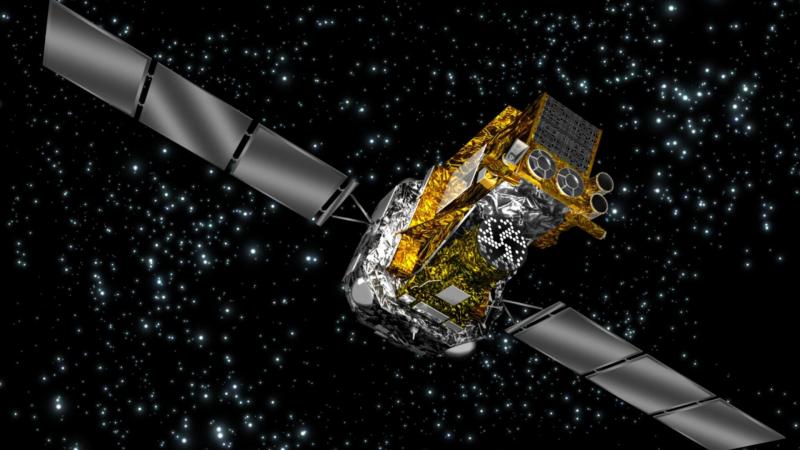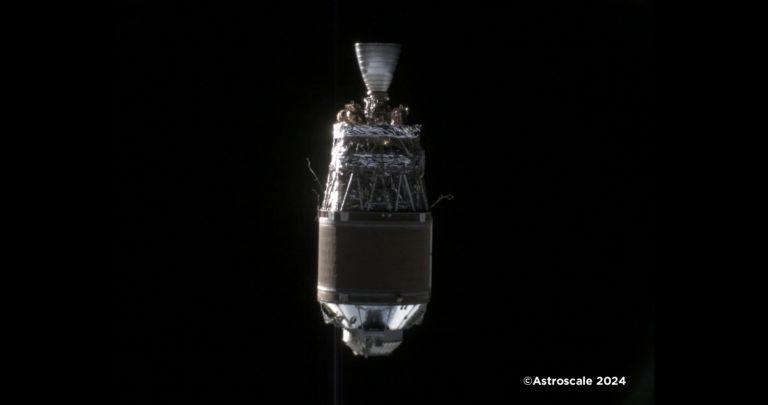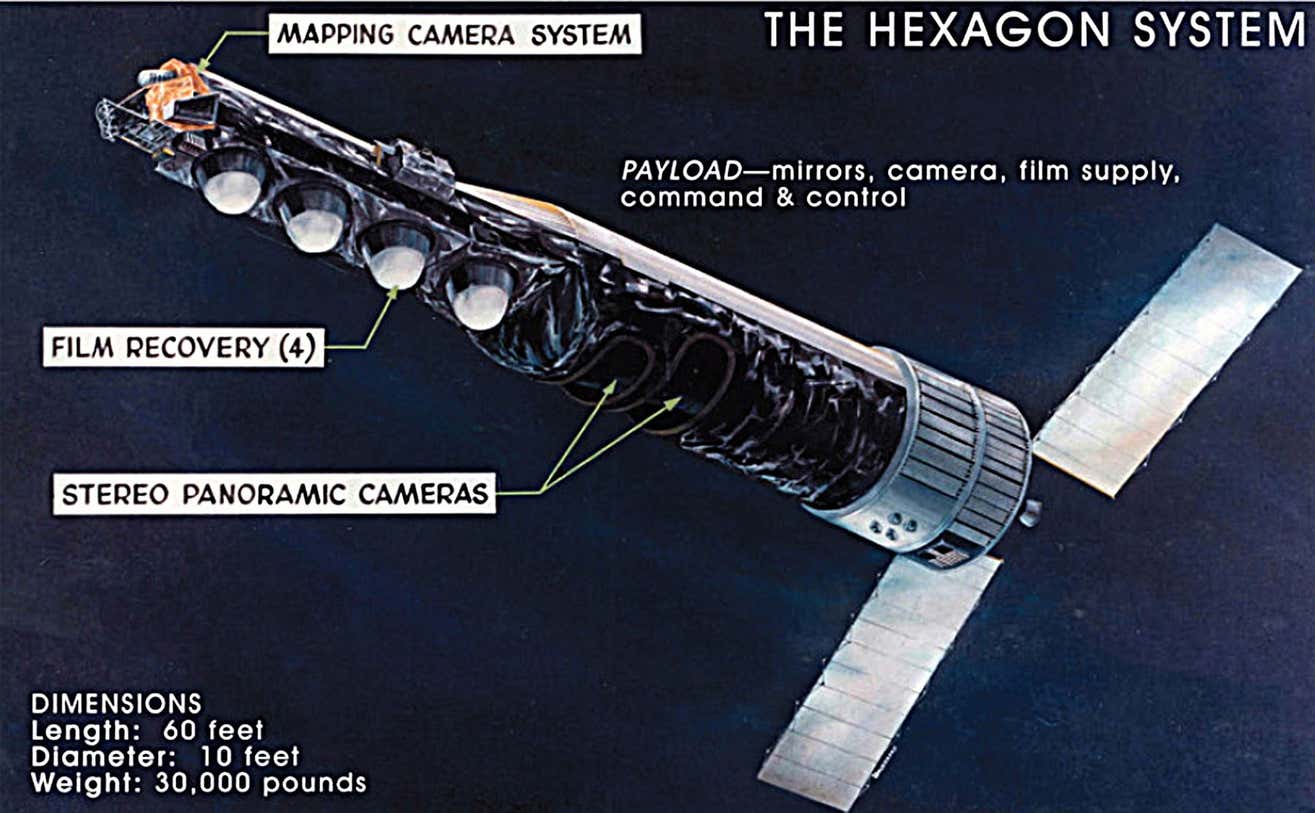One person like that
#spacedebris
2 Likes
One person like that
2 Likes
1 Shares
2 Likes
1 Comments
Legally binding global #treaty needed to tackle #SpaceDebris, say experts | #Space | The Guardian
It's hazardous enough up there.
https://www.theguardian.com/science/2023/mar/09/global-treaty-space-debris-earth-orbit-junk
5 Likes
2 Comments
One person like that
Quick Reaction Saves ESA Space Telescope


Once launched, most spacecraft are out of reach of any upgrades or repairs. Mission critical problems must be solved with whatever's still working on board, and sometimes there's very little time. Recently ESA's INTEGRAL team was confronted with a ruthlessly ticking three hour deadline to save the mission.
European Space Agency INTErnational Gamma-Ray Astrophysics Laboratory is one of many space telescopes currently in orbit. Launched in 2002, it has long surpassed its original designed lifespan of two or three years, but nothing lasts forever. A failed reaction wheel caused the spacecraft to tumble out of control and its automatic emergency recovery procedures didn't work. Later it was determined those procedures were dependent on the thrusters, which themselves failed in the summer of 2020. (Another mission-saving hack which the team had shared earlier.)
With solar panels no longer pointed at the sun, battery power became the critical constraint. Hampering this time-critical recovery effort was the fact that antenna on a tumbling spacecraft could only make intermittent radio contact. But there was enough control to shut down additional systems for a few more hours on battery, and enough telemetry so the team could understand what had happened. Control was regained using remaining reaction wheels.
INTEGRAL has since returned to work, but this won't be the last crisis to face an aging space telescope. In the near future, its automatic emergency recovery procedures will be updated to reflect what the team has learned. Long term, ESA did their part to minimize space debris. Before the big heavy telescope lost its thrusters, it had already been guided onto a path which will reenter the atmosphere sometime around 2029. Between now and then, a very capable and fast-reacting operations team will keep INTEGRAL doing science for as long as possible.
#space #esa #gammaray #gammaraydetector #mission #reactionwheel #spacedebris #spacesafety #spacetelescope #telescope
2 Shares
2 Likes
1 Shares
Faszination Weltraum – Die Schattenseiten des wachsenden Verkehrs ins All
Die Schattenseite der Faszination Weltraum
Im Weltraum gibt es immer mehr Verkehr: Welche Folgen hat das für unseren Orbit? Unter anderem bleibt Müll im All zurück, der dringend aufgeräumt werden muss.#Weltraum #All #Weltraumforschung #Weltraumtourismus #Weltraumschrott #Weltraummüll #Raumfahrt #ESA #NASA #Luftfahrt #spacedebris #spacetourism #space #ElonMusk #RichardBranson #JeffBezos #BlueOrigin #VirginGalactic #SpaceX #SpaceShipTwo #NewShepard
Faszination Weltraum – Die Schattenseiten des wachsenden Verkehrs ins All
1 Comments
Keep your eyes open for an unexpected visitor!
World waits to see where a Chinese booster will come down | Ars Technica
https://arstechnica.com/science/2021/05/world-waits-to-see-where-a-chinese-booster-will-come-down/
Booster roulette —
World waits to see where a Chinese booster will come down
The 20-ton booster is big enough that some parts are likely to reach the ground.John Timmer - 5/6/2021, 3:45 AM
Image of a space craft with solar panels with the earth in the background.
Enlarge / An artist's depiction of the Tianhe station module. While that's safely in orbit, the booster that got it there isn't in a stable orbit.
Xia Yuan / Getty ImagesIn late April, China successfully launched a major component of its planned space station. Since then, the booster that put the component into orbit has been circulating in an unstable orbit, and various tracking organizations are indicating that it's likely to come back in a completely uncontrolled manner. It's a big-enough piece of hardware that some parts are likely to survive until they reach the ground. While odds are that will happen over the ocean, there's no guarantee re-entry won't happen over a populated area.
As Ars' Eric Berger described last year, the Long March 5B has an unusual design. Meant for heavy lifts to orbit, the rocket doesn't have an upper stage; instead, its main stage travels all the way to orbit with its payload. Once there, one option is to leave it in a stable orbit, where it would add to the increasing clutter in low Earth orbit. The alternative is to de-orbit the stage.
Most countries have settled on a controlled de-orbit, in which control is maintained over the booster and enough fuel is retained to allow decisions to be made about when the hardware re-enters the atmosphere. That allows any material that survives re-entry to land harmlessly in the ocean.
China has apparently not chosen this path. Following the launch of a Long March 5B last year, the rocket re-entered the atmosphere while on an orbit that took it directly over New York City. Material from that booster ended up causing damage on the far side of the Atlantic in the Ivory Coast, although fortunately nobody was injured. According to experts, the Long March booster was the largest object to make an uncontrolled re-entry in nearly 30 years. And that size makes a difference, since it means larger parts that are more likely to survive the violent trip to the Earth's surface.
China, however, was not chastened by the threat posed by its hardware. In late April, it launched a key piece of its planned space station, Tianhe, a 22-ton module that will include the crew quarters, atop a Long March 5B. Since then, the main booster has been tumbling uncontrolled in an unstable orbit, and the EU's space-tracking program indicates simulations suggest it will re-enter on May 8 or 9. The booster's orbit only takes roughly 90 minutes, so predicting where its debris might land is impossible given that uncertainty.
Predictions regarding its re-entry will undoubtedly improve given additional time to monitor its orbit. But, because of the tumbling, its interactions with the thin atmosphere are going to make any certainty difficult.






